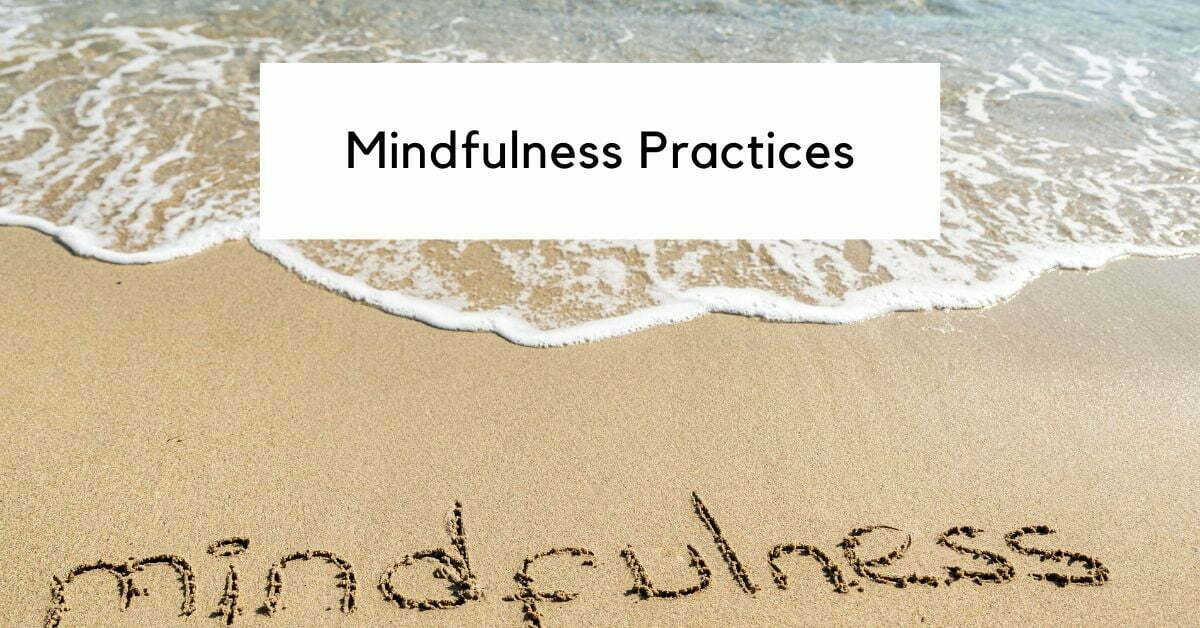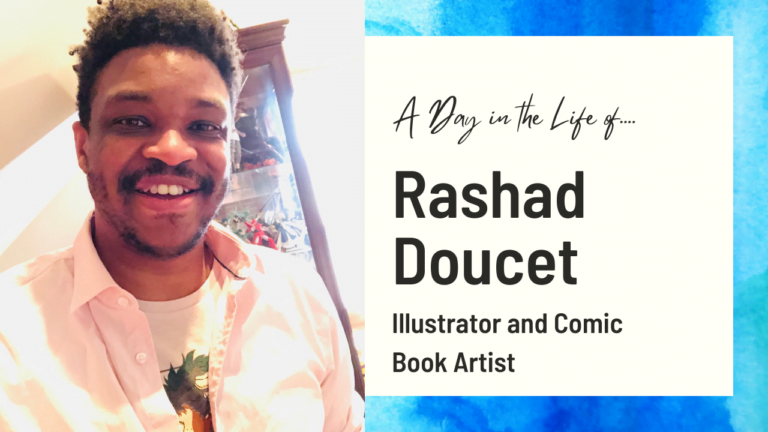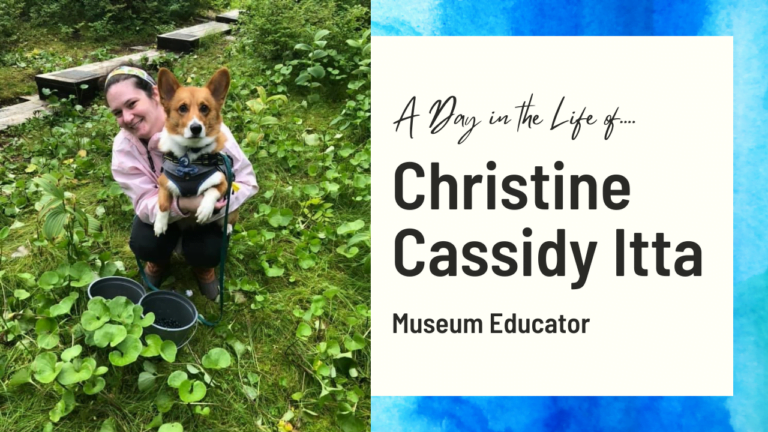12 Mindfulness Practices in a Fast-Paced World
In today’s fast-paced world, finding moments of peace and calm can feel like a luxury. The constant hustle and bustle can affect our well-being and mental and emotional health. That’s where mindfulness practices come in. Mindfulness is being fully present and aware of the present moment without judgment. It allows you to cultivate a sense of calmness, clarity, and focus amidst the fast-paced nature of our modern world. Incorporating mindfulness practices into your daily life can make a significant difference if you feel stressed, overwhelmed, or disconnected.
In today’s rush, we all think too much, seek too much, want too much and forget about the joy of just Being.
— Eckhart Tolle
Why Practicing Mindfulness Is Necessary in a Fast-Paced World
Life in the modern world can be hectic, leaving us feeling stressed and disconnected from ourselves and others. Practising mindfulness is necessary because it allows us to pause, observe, and fully engage with the present moment.

Here are 3 reasons why practising mindfulness is necessary in a fast-paced world:
- To find calm amidst chaos: Mindfulness allows you to create a refuge of calmness within yourself, even when the world around you feels chaotic. It gives you the tools to slow down, step back, and find inner peace amidst the constant distractions and demands.
- To reduce stress and anxiety: Stress and anxiety can become all too common, especially in a fast-paced world. Mindfulness provides a way to manage and alleviate these feelings. By practising mindfulness, you can learn to observe your thoughts and emotions without judgment, allowing you to respond to stressful situations with greater clarity and resilience.
- To improve focus and productivity: With numerous tasks, deadlines, and notifications vying for our attention, maintaining focus can be a challenge. Mindfulness helps train your mind to stay present and focused on the task. By cultivating this skill, you can enhance your productivity and efficiency in a fast-paced work or study environment.
We can break free from autopilot mode and make conscious choices that align with our values and priorities by incorporating simple mindfulness exercises into our lives. If you try to take moments to pause, breathe, and ground yourself in the present, you can experience a profound shift in how you relate to the world around you.
Ways to Practice Mindfulness
Here are 12 practices that will help you stay present at the moment and navigate this digital era with greater awareness and balance.
1. Be Present
The first step towards mindfulness is learning to be fully present in the here and now. Take moments throughout the day to check in with yourself. Notice the sensations in your body, the sounds around you, and the thoughts and emotions that arise.
When you’re doing something important or not, working, washing the dishes, cleaning the house, or even brushing your teeth, notice everything, how you feel in the moment without judgment. By grounding yourself in the present moment through mindfulness exercises, you can cultivate greater awareness and appreciation for the simple joys of life.

2. Meditation
Meditation is a powerful mindfulness practice that helps calm the mind. Try to practice meditating after waking up or set aside dedicated time each day for meditation. It doesn’t have to be lengthy; even a few minutes can make a difference. Explore different meditation techniques to find what resonates with you.
Here are 3 popular types mindful practices of meditation to practice mindfulness to get you started:
Body Scan Meditation
Body scan meditation involves systematically bringing our attention to different parts of the body, noticing any sensations or tension, and consciously releasing them. This practice of basic meditation helps us develop a deeper connection with our physical body and promotes relaxation.
Loving Kindness Meditation
Loving-kindness meditation involves directing well-wishes and compassion towards us and others. By cultivating feelings of love, self-compassion, and kindness, we can foster a sense of connection and empathy, even in a fast-paced world.
Mindfulness Meditation
Mindfulness meditation is a practice of non-judgmentally observing our thoughts, emotions, and sensations as they arise. It helps us develop a sense of clarity and serenity, allowing us to respond to life’s challenges with greater wisdom and compassion.
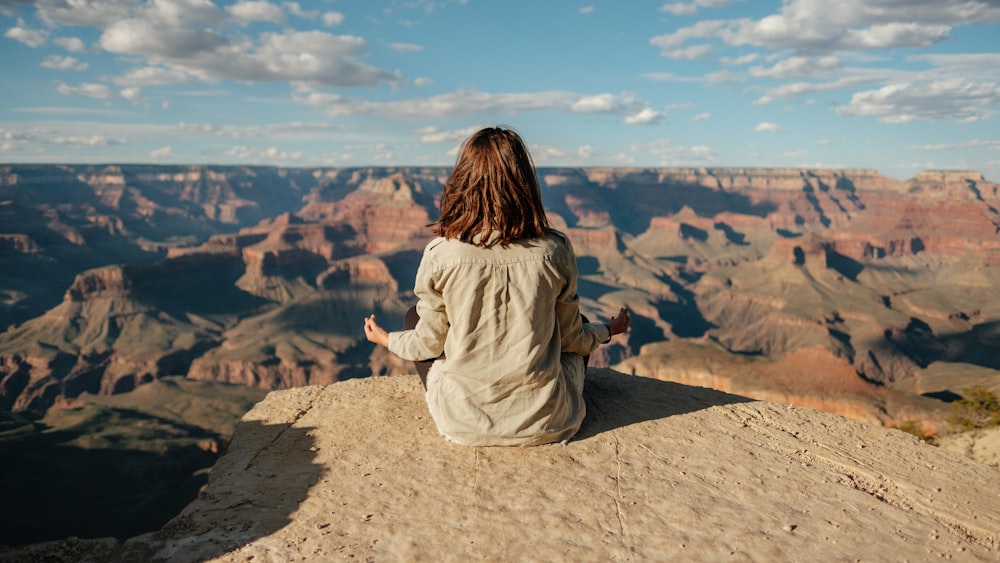
3. Yoga
Have you ever wondered how yoga connects to mindfulness? Yoga is not just a physical exercise but a holistic practice that cultivates mindfulness in various aspects of your life. It not only strengthens the body but also cultivates mindfulness and relaxation. Engaging in regular yoga or meditation practice can help reduce stress, improve flexibility and strength, and enhance overall well-being. Find a local class or explore online resources to discover different styles of yoga that suit your needs.
Here are 3 popular types of yoga to practice mindfulness that you can try:
Kundalini Yoga
Kundalini Yoga awakens dormant energy through physical postures, breathwork, chanting, and meditation. This powerful practice expands your consciousness and connects you with your higher self by bringing your attention to the present moment, activating energy centers (chakras), and accessing inner awareness.
Asana Yoga
Asana yoga (Hatha yoga) focuses on the physical postures and movements practiced in yoga. It is a style of yoga that promotes mindfulness and well-being through the alignment of body, breath, and mind. It is a popular choice because it promotes the benefits of mindfulness by bringing attention to the alignment of the body, breath, and mind.
Yin Yoga
With Yin Yoga, you’ll enjoy a gentle and passive practice where poses are held for an extended period. It targets deeper tissues, promoting flexibility and relaxation. You nurture your mindfulness skills, patience, and stillness by observing physical sensations, emotions, and thoughts that arise during long holds.
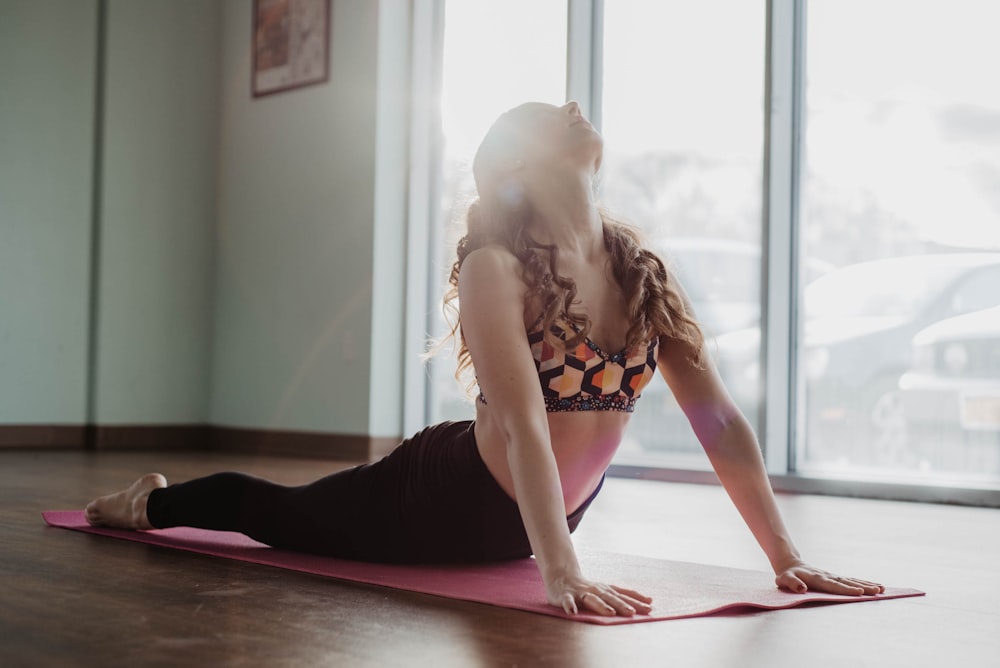
4. Breathing Exercises
When life gets hectic, taking a moment to focus on your breath can be incredibly beneficial. Breathing exercises are simple yet effective techniques that allow you to connect with your breath and promote a sense of calm and relaxation.
Pranayama
Pranayama is a technique from the ancient practice of yoga that involves controlling and regulating your breath. It helps to calm the mind, reduce stress, and enhance focus and body awareness. One simple Pranayama exercise you can try is the “4-7-8” breath:
- Inhale deeply for a count of 4
- Hold your breath for a count of 7
- Exhale slowly for a count of 8
- Repeat this cycle several times
Guided Wim Hof Breathing
The Wim Hof Method is a breathing technique that extreme athlete Wim Hof developed. It involves deep, controlled breathing followed by a period of breath retention. This practice can improve your energy levels, increase mental clarity, and boost your immune system.

5. Mindful Shower
Taking a shower is a daily ritual that most of us engage in without much thought. However, with a few simple adjustments, you can turn your shower into a conscious experience, allowing you to fully engage your senses and promote a sense of calm and relaxation.
Simply notice the water running down your body, the sound of the shower, and all the sensations while taking a shower. Embrace the opportunity to be fully present and let the soothing water wash away any tension or stress, leaving you feeling refreshed and renewed.

6. Mindful Creativity
Engaging in creative activities can be a wonderful way to cultivate mindfulness. Whether painting, drawing, writing, or playing a musical instrument, creating allows you to be fully present at the moment and tap into your inner expression.
Find a creative outlet that resonates with you and dedicate regular time to it. Let go of judgment and perfectionism and simply enjoy the process of creating. Focus on the sensations, shapes, colors, sounds, and textures that arise during the creative journey.
This not only nurtures your self-expression but also promotes relaxation, stress reduction, and a deeper connection with your inner self.

7. Mindful Eating
Mindful eating is a practice that involves bringing your full attention and awareness to the act of eating. We often find ourselves eating on the go or multitasking during meals, leading to mindless eating and disconnectedness from our body’s needs.
When you engage in mindful eating, you slow down and savour each bite of the food, paying attention to the taste, texture, and aroma. You become aware of your body’s hunger and fullness cues, allowing you to make conscious choices about what and how much you eat.

8. Mindful Walk
A mindful walk is an opportunity to engage with your surroundings and connect with the present moment. Rather than rushing through your walk with a wandering mind, a mindful walk encourages you to be fully present and attentive to the sights, sounds, and sensations around you.
Start by bringing a mindful awareness to your breath and the sensation of your feet touching the ground. Take in the beauty of your surroundings, whether the colors of nature or the bustling cityscape. Allow yourself to let go of racing thoughts and be in the moment.
Research has shown that mindful walking can reduce stress, improve mood, and increase overall well-being. So, the next time you walk, try practicing mindfulness and see how it enhances your experience.

9. Digital Detox
In our digital age, we are constantly bombarded with notifications, emails, and social media updates, making it challenging to disconnect and find moments of peace.
A digital detox involves taking intentional breaks from screens and technology to create space for rest and rejuvenation. It means turning off your devices, stepping away from the constant stream of information, and allowing yourself to be present in the offline world. Use this time to engage in activities that nourish your mind, body, and soul, such as reading a book, practicing a hobby, or spending quality time with loved ones.

10. Focus on one task at a time.
In today’s fast-paced world, multitasking has become the norm. We often juggle multiple tasks simultaneously, thinking it will make us more productive. However, research shows that multitasking actually reduces efficiency and increases stress levels.
Focusing on one task at a time, also known as single-tasking, allows you to give your full attention and energy to the task at hand. You can enhance your concentration, productivity, and effectiveness by eliminating distractions and immersing yourself in one activity.
Take a moment to prioritize your tasks and dedicate your undivided attention to each one. You’ll be amazed at how much more you can accomplish with a focused and mindful approach.

11. Journaling
Journaling is a powerful mindfulness practice that allows you to explore your thoughts, emotions, and experiences on paper. It provides a safe and private space for self-expression and self-reflection.
Self-Reflection Journaling
Self-reflection journaling involves introspection and deepening your understanding of yourself. Take time daily to write about your thoughts, insights, and personal growth.
Prompts:
- What are the things that easily trigger you?
- What am I most afraid of when I think about my future?
- What are the feelings and emotions am I trying to avoid?
- Who do I want to become?
- How do I express self-love?
Gratitude Journaling
On the other hand, gratitude journaling focuses on appreciating the positive aspects of your life. Write down things you are grateful for, big or small, to cultivate a sense of appreciation and contentment.
Prompts:
- List all the things for which you are grateful right now.
- List all the things for which you are thankful about yourself.
- What makes me smile every day?
- Write about the rejection you are grateful for.
- Write about a memory that you are grateful for.
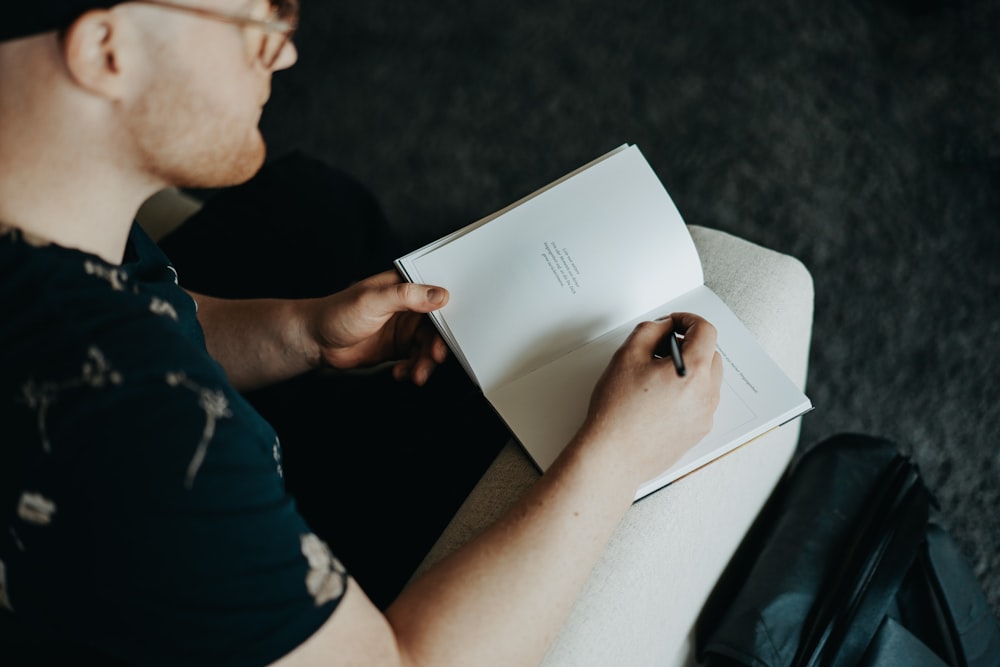
12. Practice Gratitude
Practicing gratitude is a simple yet powerful way to shift your focus from what’s lacking in your life to what you already have. It is intentionally acknowledging and appreciating the blessings, joys, and positive experiences surrounding you.
A study by Wood, Froh, and Geraghty (2010) examined the impact of gratitude practices on psychological well-being. The researchers found that individuals who engaged in gratitude exercises, such as writing gratitude letters or keeping gratitude journals, experienced significant increases in positive emotions, life satisfaction, and overall psychological well-being. They also reported lower negative emotions, depression, and perceived stress. This study provides further evidence of the positive effects of gratitude practices on mental health and well-being.
When you adopt a grateful outlook, it can have a profound impact on your overall well-being and happiness, even in a fast-paced world.

How does the fast-paced nature of modern life impact our well-being and mental health?
With so much going on, it’s easy to feel overwhelmed and stressed. We constantly juggle multiple responsibilities, deadlines, and commitments, leaving little time for ourselves. This constant rush and pressure can leave us exhausted, emotionally drained, and disconnected from what truly matters. Not to mention, constant exposure to technology and information overload can contribute to anxiety and a sense of always being “on.”
It’s essential to recognize this fast-paced lifestyle’s impact on us and take steps to slow down and find balance.
All negativity is caused by an accumulation of psychological time and denial of the present. Unease, anxiety, tension, stress, worry – all forms of fear – are caused by too much future and not enough presence.
— Eckhart Tolle
Final Thoughts
As you embark on your mindfulness journey, remember it’s a practice. Be patient and kind to yourself as you learn to be present and let go of distractions. It’s not about perfection but about the intention to bring mindfulness into your everyday life. It’s intentionally bringing our attention to the present moment without judgment. Are you willing to take a few moments each day to pause, breathe, and truly be present? The choice is always yours.

